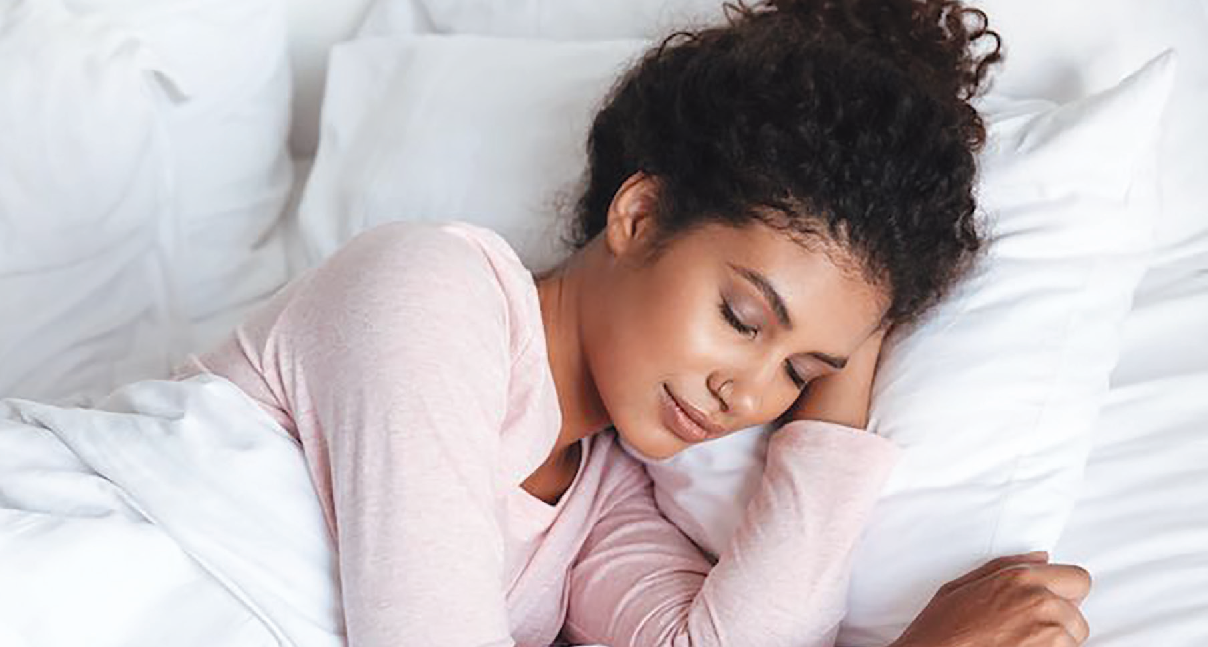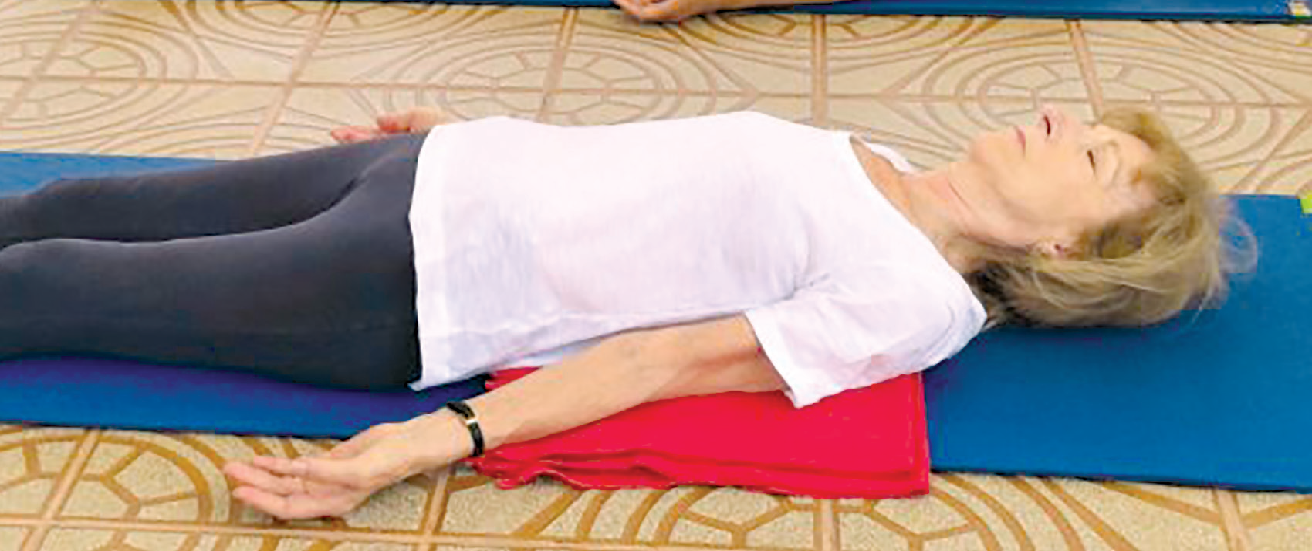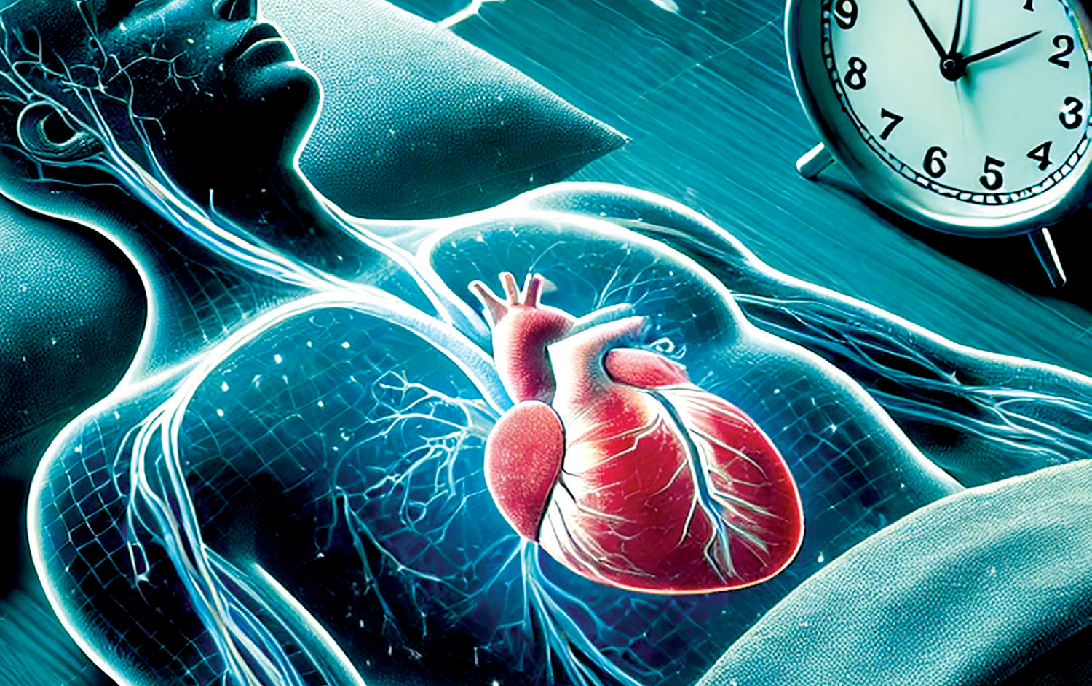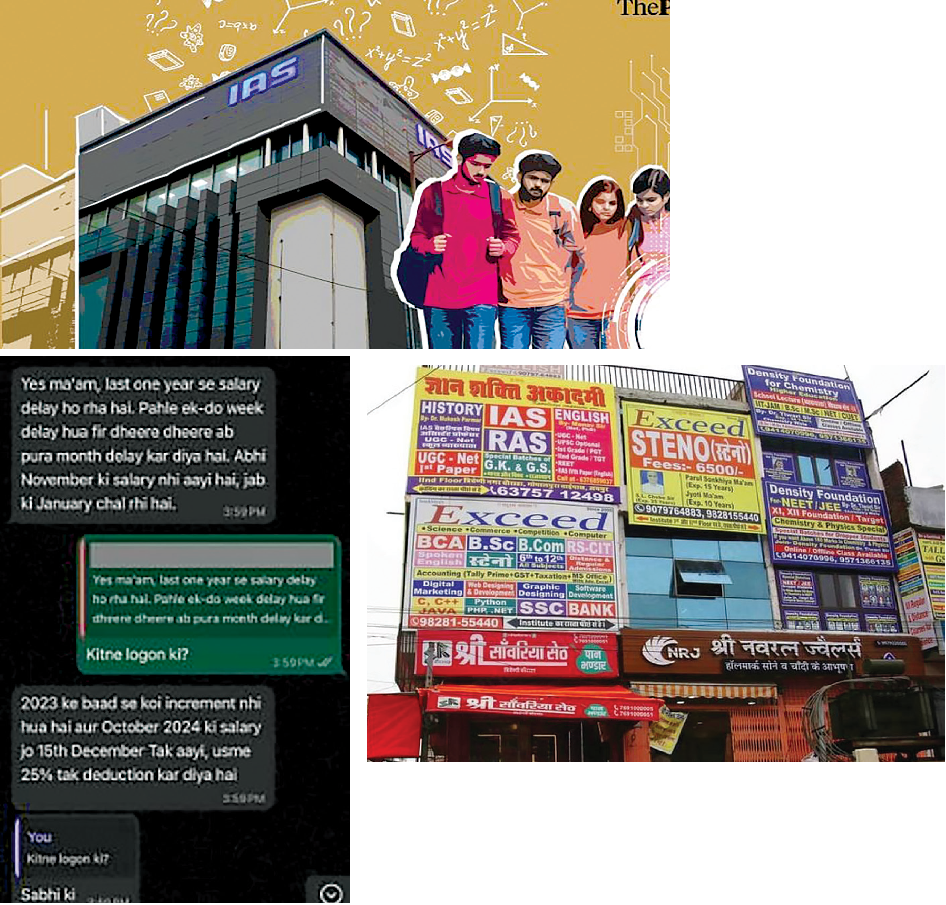
Who’s that girl? That Girl is a viral wellness trend
Aamirah Thayibah
Come be ‘that girl with me’ reads an Instagram reel showing an overlay of Lululemon workout sets and smoothie bowls. Anyone who has been on the internet in the past few months has most likely encountered That Girl. But, what is that? That Girl is super healthy, she balances her professional and social life perfectly and looks good while doing it. She’s up at the crack of dawn and has her bed made before she leaves for her morning run. Her clothes are always ironed, her nails manicured and her skin clear.
Videos about how to become one can be found all over Instagram and YouTube, combining traditional wellness clichés like avocado on toast and early morning yoga with self-optimisation and hustle culture. These videos show slender, mostly white women getting up, working out, eating, writing their daily goals, and drinking an iced coffee all before 7 a.m. Most importantly, they make it appear lovely and peaceful. Everything has a minimalist style, resembling a moving Pinterest board, from the representation of meals to the precisely put out gym set.
On some level, we all aspire to be this perfect girl boss-style professional, which is why the Instagram and YouTube films depicting these moments are so enticing. Similar ideas have been seen on Tumblr and Pinterest over the years, and they continue to be popular for the same reason. Who doesn’t fantasise about being a glamorous, successful, and flawless version of themselves? However, there are also darker undertones within the trend that are readily overlooked because of how lovely everything is. Some of the difficulties with the That Girl trend include undereating, toxic productivity, and the promotion of a single, non-diverse picture of health. Twitter user Dahyuni tweeted, “All the ‘that girl’ trend did to me was give me an eating disorder and make me hate my life.”
Despite the diversity that content creators offer us, the majority of the videos under the “that girl” tag remain populated by thin, upper-class, light skinned, if not white, women. This is ironic considering the roots of the term itself is about black female artists in the music industry. Now the term no longer stands in reference to musicians like Aaliyah but has been hijacked to portray an expensive lifestyle inaccessible to many.
But that isn’t the only concern. Some of the women in the videos appear to encourage undereating as a virtue, proudly demonstrating that being That Girl entails eating the equivalent of an egg-white omelet on toast for breakfast, yogurt and almonds for lunch, and a salad for dinner. Doctors recommend a minimum of 1,200 calories each day to keep healthy, a number the meals don’t even come close to.
The That Girl style is similar to the clean eating, wellness gurus of the 2010s — presenting extremely low-calorie, carbfree meals as aesthetically pleasing while hiding and propagating a phobia of ‘unhealthy’ aka pleasurable, joyful food. There is a term for the unhealthy obsession with eating ‘pure’ food – orthorexia. Under the pretext of ‘health’ many fell prey to habits that damaged their relationship with food.
Our love for organisation and productivity, even vicariously, can be seen in the popularity of Netflix shows, “Tidying Up With Marie Kondo”, and our love for transformation videos. ‘That Girl fits in a perfectly carved niche combining the right amount of hustle culture and feminine aesthetics to produce a result revered by many.
Ida is a 22-year-old, content creator on Instagram who makes health and wellness related content such as uploading lifestyle content such as routines, daily vlogs, lifestyle recommendations, healthy nutrition, and motivational videos. Her That Girl videos don’t encourage undereating, but rather promote a more intuitive approach to food.
“I create videos to motivate others to be more productive and adopt a healthy lifestyle. People frequently comment on my posts saying how they were encouraged to improve on themselves, eat healthier, and be more productive, which makes me very pleased because that is essentially what my videos are all about.”
Ida recognises the opposing side as well, stating that she understands that not everyone can or wants to live as she does. “I don’t want anyone to feel compelled to follow this trend,” she writes. Simultaneously, she acknowledges that she sometimes feels pressured to perform her That Girl routine every day, especially since she now shares the videos on Instagram regularly. The problem is that these trends grow so large that they become uncontrollable when it comes to maintaining the messaging behind them.
Another Youtuber, Ghazal also emphasises the importance of balance, in her videos. &ldq
 English daily published in Bengaluru & Doha
English daily published in Bengaluru & Doha






